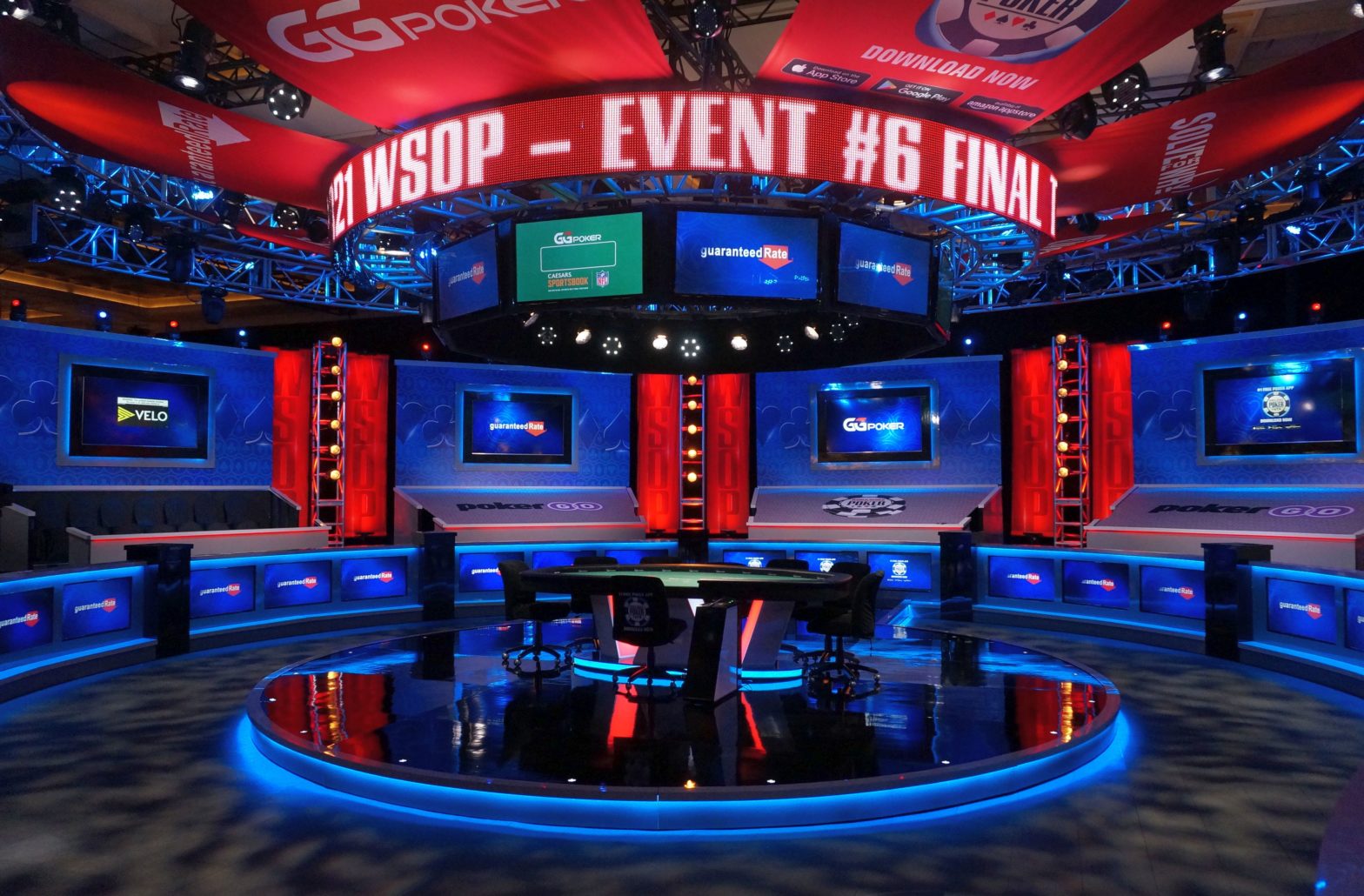Every year, the World Series of Poker becomes a little bit more sanitized, a little bit more commercial, a little bit more corporate. Just back from a month at the Horseshoe and Paris commercials, your loyal pokerr scribe returns here with the first in a series of close-ups from the 2023 WSOP. It’s of course the biggest series in WSOP history, both in terms of total events and total participation, including the 10,043 players who took part in the still-running WSOP Main Event.
We’ll get to the Main Event in a follow-up piece, but let’s start off this mini-series with a look at what the WSOP is evolving into, here in its second summer at the Paris and Horseshoe (formerly Bally’s) casino. Most poker players never get the chance to experience the WSOP in person, and, well, it sprawls more than ever before. At the Rio, the WSOP took up vitually the entirety of the Rio Convention Center, but within that bland, square building, it was all together, with the playing halls more or less adjacent to each other.
At Paris and the newly renamed Horseshoe, it’s split up, and that has resulted in some new WSOP quirks. It’s not at all uncommon for one of the masive-field weekend events to occupy most of the tables on both the Paris and Horseshoe sides, which are probably a quarter mile’s walk from each other.
It’s also not uncommon for the separate sides of one of these large events to end up running on slightly different schedules on the same day. Most of the bracelet presentations have taken place on the Horseshoe side, where the filming set for the WSOP’s feature tables is located.
All of the special ceremonies such as Phil Hellmuth’s annual embarrassment of a Main Event arrival, or restauratuer Guy Fieri unveiling the 2023 Main Event World Championship bracelet, that all takes place on the Horseshoe side as well.
Meanwhile, play on the Bally’s side is typically allowed to restart on its normal, pre-posted schedule. In events where a flight or field is large enough to need seats in both Paris and Horseshoe, the Horseshoe side ends up lagging the Paris side by anywhere from a few minutes to as much as an hour and a half in one extreme instance this summer.
The casual fans and TV viewers never see this stuff, but it creates an extra logistical issue for the WSOP’s tourney directors. They can’t just send groups of players from one casino to the other at will. They have to break tables on each side separately to begin with — which in effect creates two separate sub-flights — and then send the Paris side, most often, on extended breaks until the two sides of the twinned property are back in sync, clock-wise.
Only after the Paris and Horseshoe sides are back in sync can players be moved from one side to the other, and that’s when you’ll see the processions of players with bagged chips being led either one way or the other, being led by one or more tourney directors through the Paris promenade and the main casino floor at the Horseshoe, to be rejoined with the opposite side’s field.
When the fields are big you’ll see several such processions in a given day, each with maybe a half dozen tables’ worth of players making the move. Similar parades happened all the time at the Rio, too, but they were mch simpler affairs, such as moving players from the Brasilia Room to the Amazon Room. These days, it’s a much longer and more complex process, with the clock de-syncing and re-syncing an added complication.
It’s just a little bit of what the modern WSOP entails….

